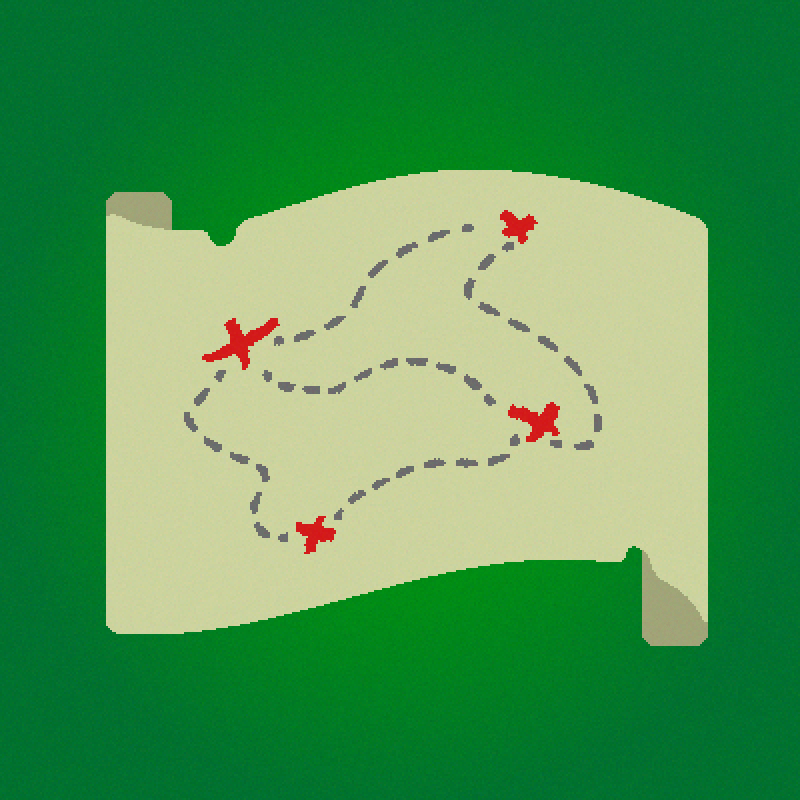Communication Keys for Engineering Leaders
There are countless articles and measures for identifying the capabilities engineering managers must employ to be great. Among them, they must be a great coach, motivate their team members, drive outcomes, create a culture of accountability, build relationships, and make decisions based on productivity not politics. That’s a lot of words.
As an early career manager, I consumed books and information on how to turn each of these words and ideas to action. Understanding each skill with depth most certainly made me a better manager, but when you’re juggling #allthethings it can be tough to know where to put your focus. What’s top of mind today or this week? Do I need to be empowering the team? Coaching? Communicating? Reinforcing the vision? Collaborating with my peers? Creating an inclusive environment?
I started to notice that my greatest mentors provided me with communication keys – imagery that helped unlock the important aspects of these skills in a profound and memorable way. Often times they reinfoced multiple great management measures simultaneously. Turning these words into ideas seemed helped me focus, yet still accomplish multiple skills. I found myself developing my own set of communication keys and sharing them with my team and the managers I coached.
The Target
One of my first truly awesome mentors was Rebecca Campbell. She told me “your job is to ensure the team knows where the target is and guide them to shoot towards it.” I love this analogy because it encapsulates so many ideas at once. Set a clear vision for the team and empower and guide them towards that vision rather than micromanaging. It also incorporates the idea of providing feedback to alter the trajectory of your team member’s arrow. This is a powerful idea for managers and any team member looking to grow into a leadership position.
The Dial
When coaching early career engineers, I use dials to encourage engineers to experiment with their own focus and learning. I observed the engineers who excelled in complex environments developed a sense of when to tinker with a problem (doing) and when to develop their next layer of understanding about the system (learning). Early career engineers often feel the pressure to just “get it working” or sometimes they get down a rabbit hole of learning and have a hard time knowing when to stop – there’s just so much to learn. This could be a separate post incorporating conceptual change theory, but we’ll leave it here.
The important visual here is sharing a dial with your team member. I often use 1:1s to ask engineers where they had successes, where they got stuck, and introduce the concept of the dial. Where are they on the dial of knowing vs. doing? How deep are they getting into a concept? How are they finding the answers that unblock them? The dial opens up a number of coaching opportunities. Where are they excited about? What areas of the code or system do they want to dig into? And how can build on that excitement while meeting the needs of the business?
The Map
Along with the dial, a map can be helpful. How much of the “map” (or architectural topography) of the software do they have to know before they can understand where to deepen their understanding in a new area? Software systems can be overwhelming and it’s important to understand how various pieces and boundaries fit together. In the same way the target helps a team focus, the map helps a team or individual see the situation as a whole and plot out a route to achieve their goals.
The Practice
A note on goals – you don’t want to set five goals for an engineer to achieve over a three month period. Pick one or two, preferably so they can focus and achieve one at a time. I grew up in a ballet studio where we were taught that practice does not make perfect, rather practice makes permanent. Now we strive for growth mindsets and agility, but our practice reinforces our habits.
My instructors had us focus on one area of improvement for each exercise that was individualized for our growth to make us work more effectively as a group. This story may not resonate with everyone, but it’s great for team members to think about discipline, how neural pathways are built, and not taking on too much. It’s also helpful for managers thinking about how focusing on the individual and their needs can help the overall team. Akin to this story, I once had an engineer tell me I was like a yoga teacher – encouraging people to try out the next position once they demonstrated comfort with the one they were in. When using such metaphors, consider what you’re optimizing for: flexibility, focus, growth, pushing the boundaries? Get to know the person you’re working with, ask them about the experiences and lessons they’ve had and identify the images that resonate for them.
The Buoy
I had a panic attack once in my life at the beginning of a triathlon that started in open water. All my training was confined to indoor pools, the water was choppy, and I was surrounded by people. When the race started, I began swimming and suddenly had the overwhelming feeling that I wasn’t going anywhere. Having the first panic attack of your life in water is not recommended. I took as deep a breath as I could in my tight wetsuit, looked up, and saw a buoy ahead. I decided to swim while counting to 60 and see if it looked like the buoy moved. To my surprise, after the allotted time I looked up and it was closer! We are all overwhelmed by work and/or life at times. I always ask myself, what’s your Buoy? At its core, this is goal setting. But there’s something powerful about the image. It’s a reminder to identify your goal, how long you will give yourself, and how you’ll know you’re closer to your goal. Like a mini OKR for those outside business trends. A similar image from the talented Miriam Rowley, helps team members accomplish mountains one step at a time.
The Oblong Leader
I tried to figure out where this one came from, but I’ve so far failed in Interneting. This key is the “Oblong Leader”. It’s the idea that each member of the team brings an oblong of experiences and skills that overlap. As a leader, you want to build your team, regardless of whether that’s individual contributors or leaders, into a circle. It reinforces the idea that we’re stronger as a team and how we have to interlock not just overlap to be successful. That means finding common ground, sharing our strengths so we understand how we overlap, and recognizing the benefits of others and how they contribute to the whole.
I hope these images help you focus, communicate, and grow yourself and your teams as much as they’ve helped me. I’d love to hear more about what images help you. Let’s continue the conversation! @ me on Twitter @aprilla.
Special thanks to these talented folks: Alan Leonard for the illustrations, Miriam Rowley and Rebecca Campbell for their expertise and edits.






